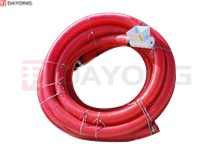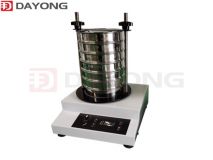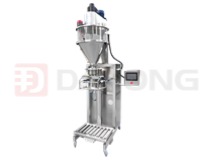Which Sieving Machine Suits For Activated Carbon Screening
Different vibrating screen used for activated carbon screening
Activated carbon is a kind of porous solid carbon with strong adsorption, It is an adsorbent with a wide range of uses. It has many applications in gas masks, tap water deodorization, etc.
Activated carbon is based on different processing techniques and applications: mainly powdered activated carbon, granular activated carbon, columnar activated carbon, etc. According to different materials, the vibrating screen used model and the sieve plate used are different.
1. Powdered activated carbon vibrating screen
Powdered activated carbon is generally a fine powder obtained after passing through a mill. The common sieving mesh number is 50-325 mesh. The raw materials obtained in different production areas and different processes will be different. For powdered raw materials, rotary vibrating screen and Ultrasonic vibrating screens are common models. The commonly used model is 1200 diameter. The screen mesh is different, and the processing capacity is generally 100-300kg.
2. Granular / Columnar activated carbon vibrating screen
Granular activated carbon refers to activated carbon with a larger particle size. The common specifications are between 0.8mm-12mm.
Linear vibrating screen is a common equipment for processing this kind of raw materials. 1020/1240/1540 is a commonly used linear screen model. Depending on the mesh size, the processing capacity is 1-10t/h. The sieving specification of columnar activated carbon is between 1-6mm. Because the material is cylindrical, it is difficult to control the specifications with the ordinary square-hole woven mesh. Although the linear vibrating screen is also used for processing, the strip-slit screen is mostly used board.
The new activated carbon vibrating screen is more reasonable in terms of sealed and dust-proof design. Dust removal is reserved for customers, which is convenient for the dust collector to collect the ultra-fine powder suspended between the layers during screening, effectively reducing dust pollution and the content of fine size amount in the finished materials.





 (Live chat)
(Live chat)

_213x160.jpg)



 +86-373-3669005
+86-373-3669005 laura@vibratingscreen.cc
laura@vibratingscreen.cc +86-373-3669006
+86-373-3669006 From West Room 5, 1st Floor, Building 18, Huilong Yangguang Mingyuan, New District, Xinxiang, Henan, China (Mainland).
From West Room 5, 1st Floor, Building 18, Huilong Yangguang Mingyuan, New District, Xinxiang, Henan, China (Mainland). Your Position:
Your Position:.jpg)
.jpg)



